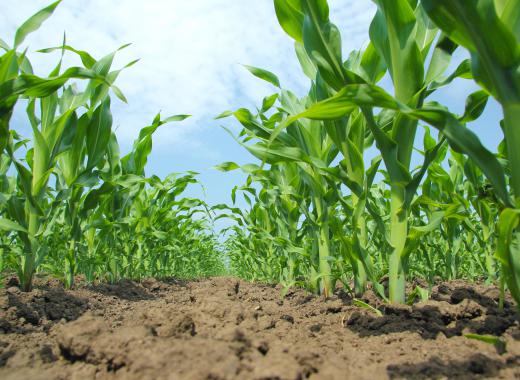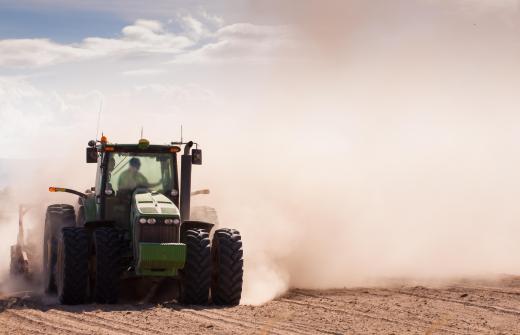Maize, also known as corn in many countries, is an important grain crop produced around the world for use in a wide variety of foods and as fodder for livestock. After it has been harvested, maize must undergo milling to be refined into products. The two major processes of maize milling are wet milling and dry milling. Wet milling is used to produce food ingredients and animal feeds, while dry milling is primarily used to produce ethanol, a widely used alcohol compound that has applications as a biofuel.
A single kernel of maize consists of several useful components. The germ, or the plant embryo, contains oil. The fleshy part of the kernel surrounding the germ, called the endosperm, contains starch; a carbohydrate or sugar; and gluten, a protein. In industrial maize milling, the goal is to extract these components from the kernel so that they can be used to create various products.

Wet maize milling begins with dry cobs of maize, which are steeped in water tanks with lactic acid and sulfur dioxide to soften the kernels and loosen the starch. After this step, the maize is ground. The germ is removed by running the ground maize and water through a separator, which causes the oily germ to float to the surface. This part of the kernel can be used to make corn oil; food products; and germ meal, a livestock feed.

After the germ has been removed, the fiber, which is also used in animal feeds, is screened off from the remaining starch and gluten. Centrifuges spin the starch and gluten at high speeds, causing them to separate by density. The gluten is added to fiber for use in feeds, and the starch is used in human food, textiles, paper, and many other applications. Starch makes up the majority of the products produced by wet maize milling, followed by gluten and corn oil.
Dry maize milling involves fermentation, a biochemical process in which ethanol is produced from the sugars in the maize kernels. In the first step of this process, the maize is ground into a fine meal. The starch in this meal must then undergo liquefaction. Water and an enzyme is added to encourage a hydrolysis reaction, which breaks down the starch molecules into long sugar chains.
Next, the starch is heated to destroy unwanted bacteria and broken down into more basic sugars using another enzyme. Yeast is added to metabolize the sugar. Through the yeast’s metabolic activity, the sugar is converted into ethanol and carbon dioxide. This process is known as fermentation. The main product of dry milling, ethanol, has a multitude of uses as an industrial chemical and fuel, while co-products of the process can be used as further additions to livestock feeds.
